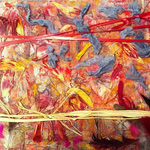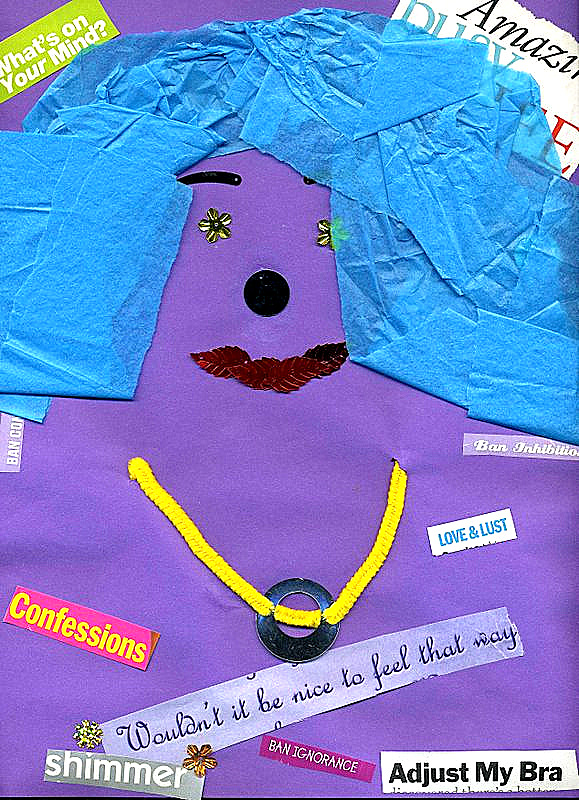The following are articles and chapters that were published, reflecting my studies and research focused on the possibilities inherent in the power of literacy.
Word-Slam Stories as Venues for Stimulating Learning and Developing Agency with Urban High School Students
With Limor Pinhasi-Vittorio, Ph.D.
Word-slam was used with our high school urban students as instrument and method to elicit engagement with learning and develop agency through personal storytelling. The word-slam text (as it appears on YouTube and in hard-copy format as well) was chosen due to its being a personal story (of which we are all experts), an alternative, artistic and critical form of text that our students could relate to directly as the format and content were relevant to their lives and experiences. By using the text as a mentor text and studying the author’s craft together, students were able to write, rewrite and develop their own word-slam stories, carving out a space for themselves to be seen and heard.
Keywords: Word-Slam, Urban Youth, High School, Engaged Learning, Personal Stories, Agency
A quest for re-scripting the narrative of education failure: Initial steps in a journey

Radical Pedagogy, Vol. 11(1), Winter 2014
With Limor Pinhasi-Vittorio, Ph.D
This paper describes the experiences and reflections of two scholars as they began an ethnographic research project attempting to rethink and re-imagine possibilities of learning/teaching with highly vulnerable students in an inner city high school. The work is rooted in critical theory and presents ongoing reflection and action regarding the students’ as well as the researchers’ mindsets, practices and interactions. Analysis of the data promoted the realization that voice in underrepresented groups resides in counter-narratives that must become part of the educational discourse in order for disenfranchised students to embrace school learning.
on Categories PublicationsLeave a responseA Pedagogy of Fusion

A pedagogy of fusion: An educational response to diversity and complexity.
The International Journal of Diversity in Organizations, Communities and Nations, Vol. 5(5), 167-172, 2006.
A very special inner-city school in Israel creates an inclusive pedagogy that provides equitable learning chances for its diverse student body: 300 children from 38 countries, speakers of 18 different languages. The great diversity of students is leveraged for enhancing the teaching/learning experiences based on 3 guiding ideas: all human beings are worthy, there is a social need for every person’s input, and every person has the right to succeed.
Continue reading A Pedagogy of Fusion
on Categories PublicationsLeave a responseLiteracy and Power

Literacy and Power: The Shiyour as a site of subordination and empowerment for orthodox Jewish women
Journal of Feminist Studies in Religion, Vol. 27(1), Spring 2011, pp. 53-74.
Once a week, late at night, a group of otherwise very busy Jewish women of the orthodox Jewish Chabad community, leave their children, husbands and homes to attend a shiyour- a religious lesson given by and to adult women. Within a situation of restricted access to literacy, the teachers use specific texts and language to reproduce cultural knowledge regarding group and personal identity. Deconstructing the shiyour will demonstrate the function of these literacy events in reiterating group borders and creating social and temporal networks, while covertly serving to uphold the traditional gender hierarchies that allow only males of the community access to public power and formal status positions. The women, however, manage to turn around this literacy practice into an empowering and equalizing experience
on Categories PublicationsLeave a response
Empowering women throught literacy

Portraits and possibilities: Empowerment through literacy.
In Dr. M. Miller & Dr. K. P. King (eds.) Empowering women in literacy: Views from experience. Information Age Publishing, 2009.
Raising student voices begins with letting them take authority of their own life stories: becoming aware of the powers they have to define their own reality and tell their lives, valuing themselves and their experiences, dreaming and expecting better. One of the ways we work together toward these goals is through self-portraiture: different ways by which our class participants present and represent themselves and their experiences in writing and in art.
on Categories PublicationsLeave a response

